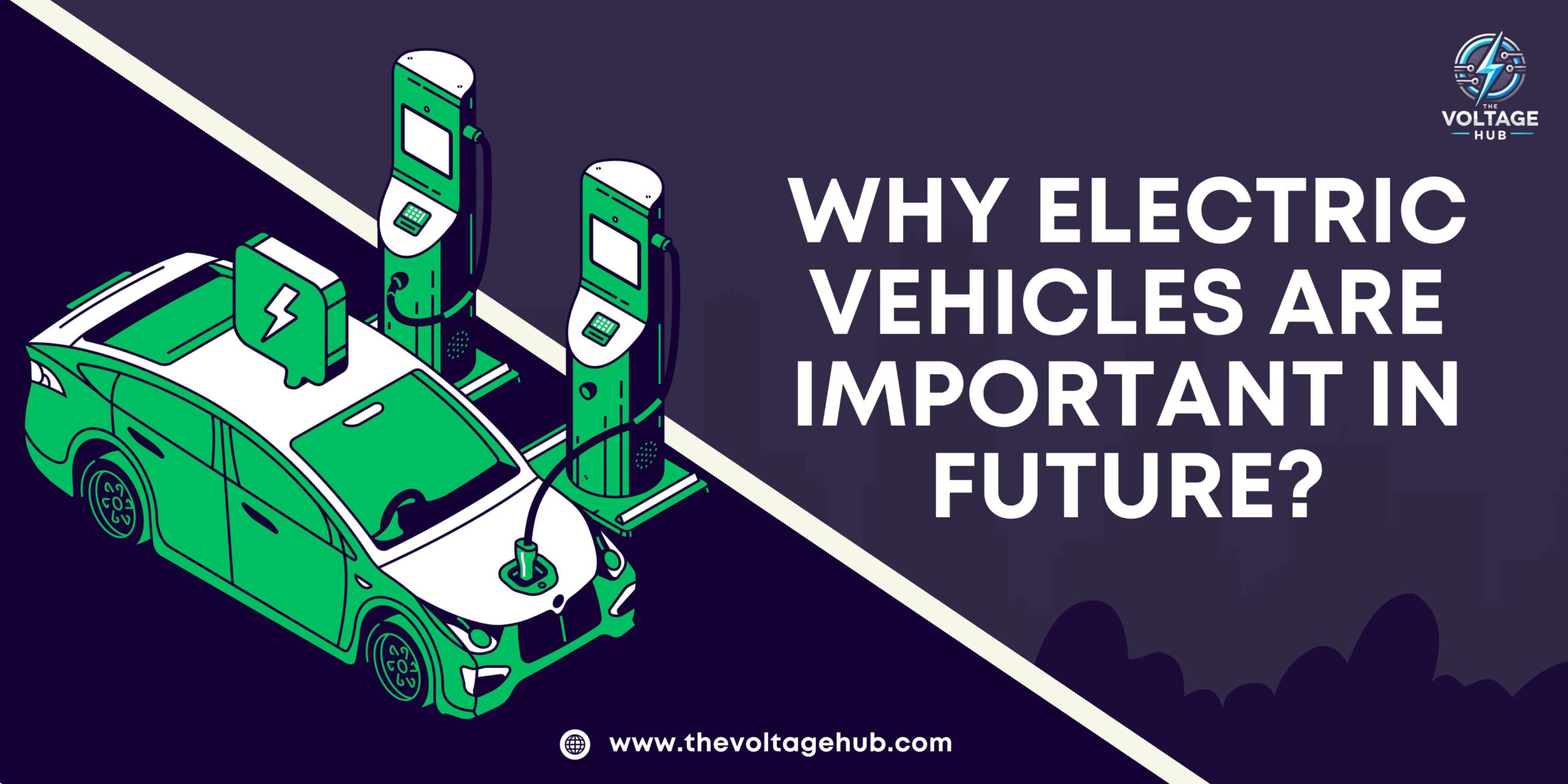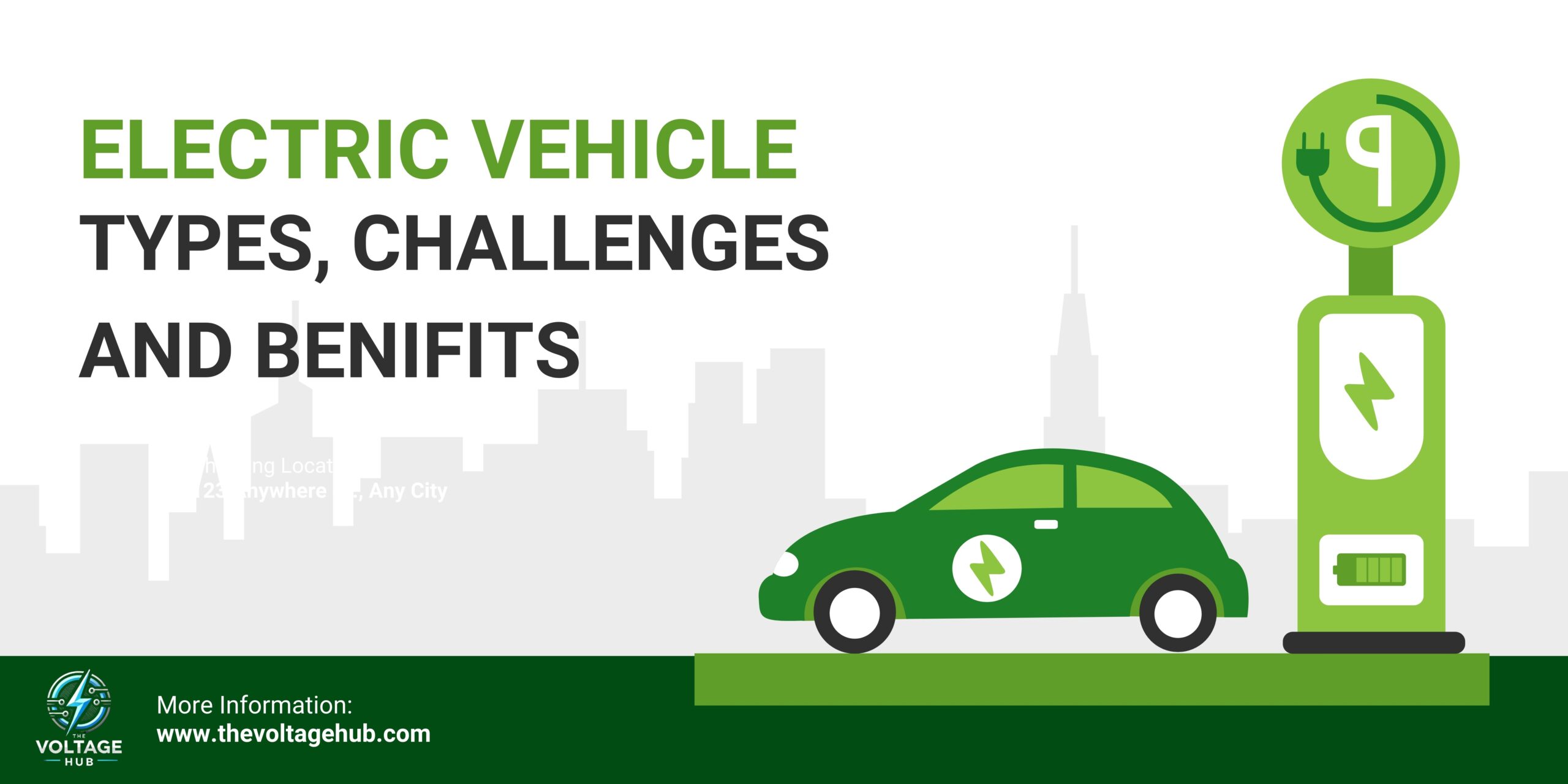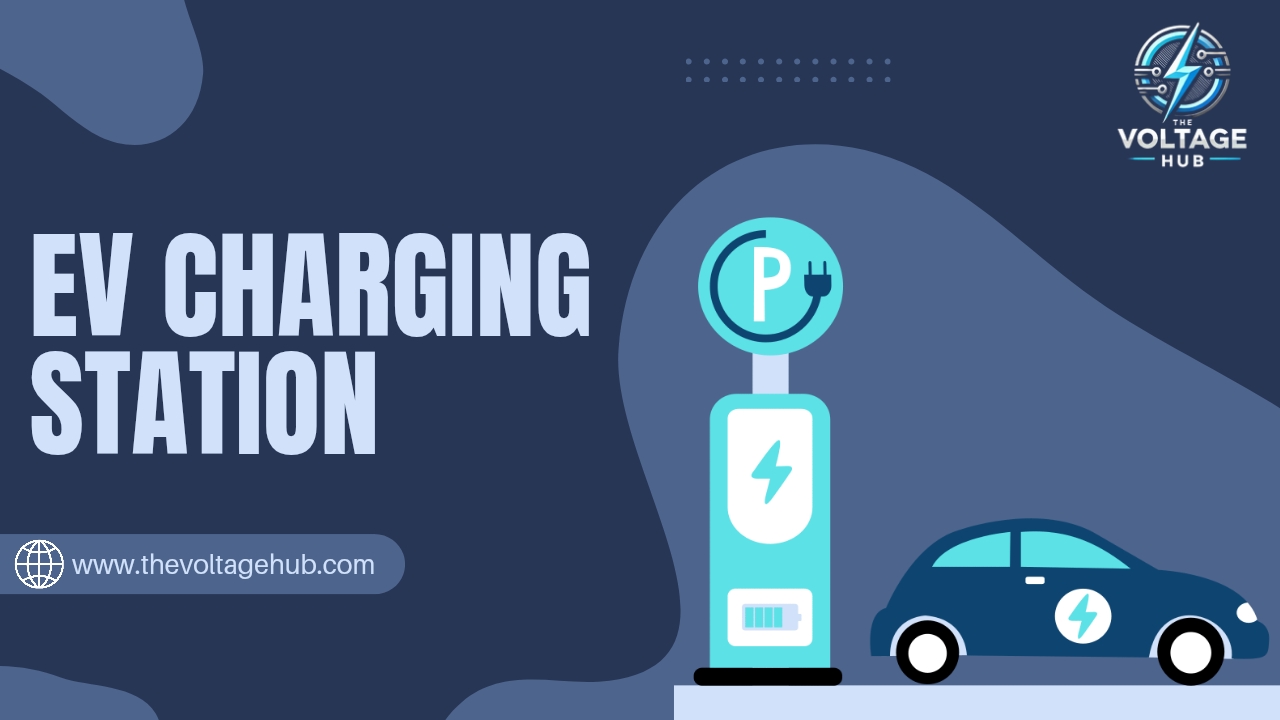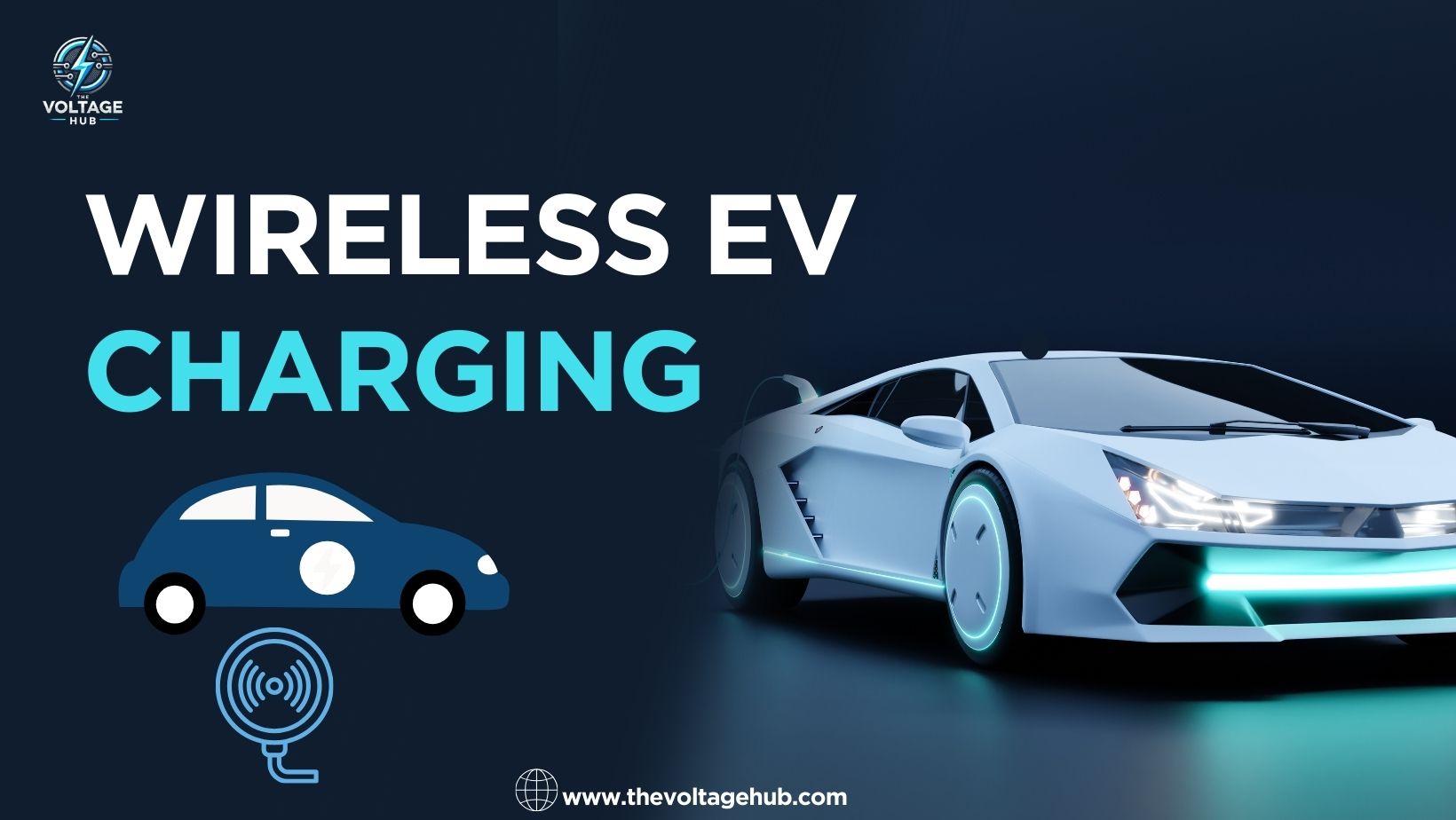Table Of Content
- 0.1 Introduction
- 0.2 Why The Future of Electric Vehicles ?
- 0.3 The Rise of EV Technology
- 0.4 Challenges facing electric vehicles in india
- 0.5 The Global EV Landscape
- 0.6 Market Growth and Future Projections
- 0.7 Hydrogen cars vs Electric cars
- 0.8 The Material Questions of the EV Age
- 0.9 Consumer influence on the Future of Electric Vehicles
- 0.10 The Future of Electric Vehicles: Battery Technology is Key
- 0.11 The Future of Electric Vehicles: What to Expect
- 1 Conclusion
The Future of Electric Vehicles is bright and full of potential. As technology advances and the world moves toward sustainable solutions, EVs are becoming more popular than ever. In this article, I will discuss the latest trends, innovations, and market growth of electric vehicles in a way that is easy to understand and engaging
Introduction
We are witnessing a shift from traditional gasoline-powered cars to electric vehicles due to various factors such as environmental concerns, advancements in battery technology, and government incentives. Consumers are also becoming more aware of the benefits of EVs, such as lower operating costs, reduced carbon emissions, and an improved driving experience.
In this article, I will discuss the latest trends, innovations, and market growth of electric vehicles in a way that is easy to understand and engaging. Whether you are considering purchasing an EV or simply interested in the industry’s future, this article will provide valuable insights into the ever-evolving world of electric vehicles.
Why The Future of Electric Vehicles ?
1.Combatting Climate Change: The transportation sector contributes nearly 25% of global CO2 emissions, making it a critical area for intervention. EVs, powered by renewable energy, offer a cleaner alternative to traditional internal combustion engine vehicles (ICEVs). Transitioning to electric cars could prevent billions of tons of greenhouse gases from being released into the atmosphere annually.
2. Improving Air Quality: Air pollution, a significant issue in urban areas, has detrimental effects on public health. This improvement in air quality could help address respiratory diseases and other health issues.
3. Driving Energy Independence :Electric vehicles reduce dependence on fossil fuels, promoting energy security and stability. By integrating renewable energy sources like wind and solar into the charging infrastructure, countries can diversify their energy portfolios and minimize geopolitical risks associated with oil imports.
4. Economic Benefits: EVs offer financial savings through lower operating costs. Maintenance expenses are significantly reduced due to fewer moving parts and the absence of oil changes. Furthermore, advancements in battery technology are driving down costs, making EVs increasingly affordable.
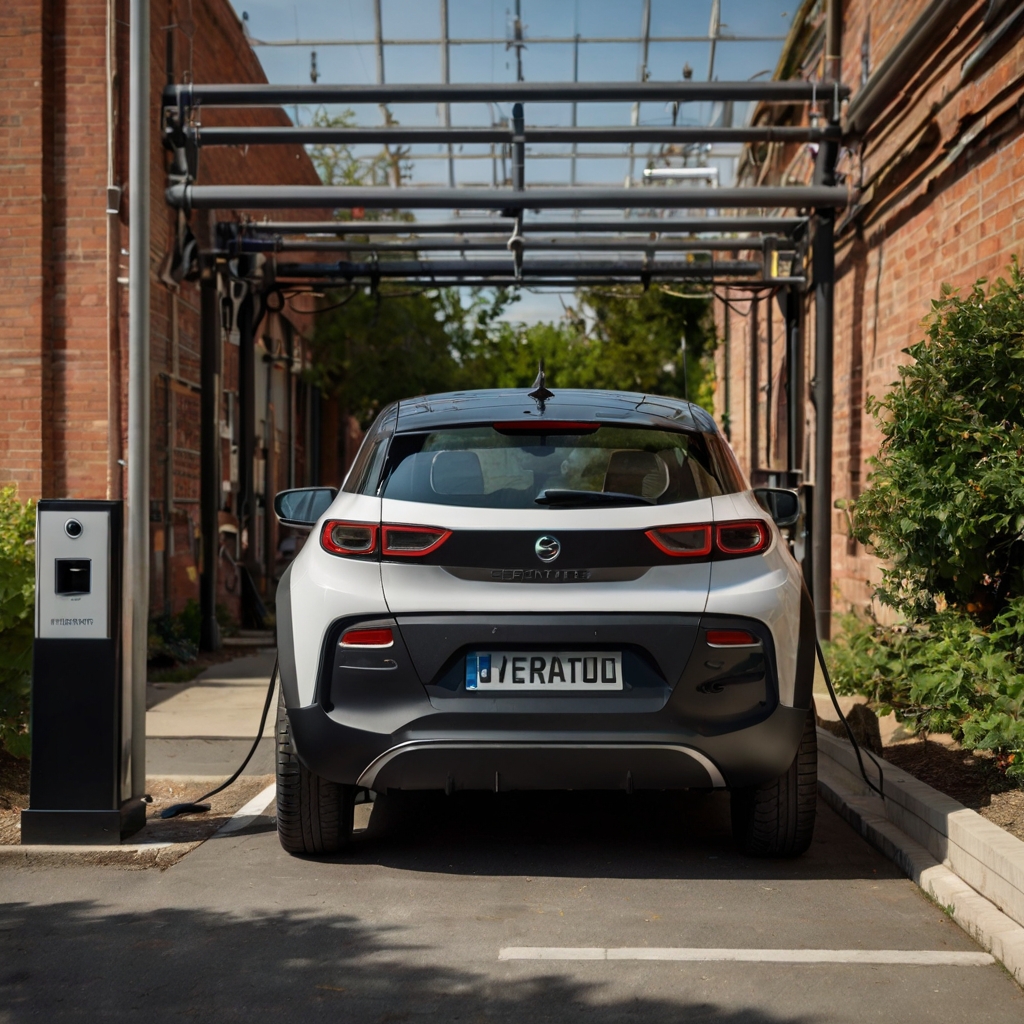
The Rise of EV Technology
Battery Advancements:
Modern EVs primarily use lithium-ion batteries due to their high energy density and efficiency. Innovations such as solid-state batteries and extreme fast charging are addressing issues like range anxiety and long charging times, making EVs more convenient for consumers.
Key Fact: Lithium-ion battery prices have dropped from $1,100/kWh in 2010 to $150/kWh today and are projected to fall below $100/kWh by 2030.
Regenerative Braking
EVs use regenerative braking to convert kinetic energy into electrical energy, improving efficiency and extending battery life.
Challenges facing electric vehicles in india
Infrastructure Development
Despite their benefits, EV adoption faces hurdles like insufficient charging infrastructure. Many regions lack accessible and reliable charging networks, which can deter potential buyers.
Material Resource Sustainability
EV batteries require critical materials like lithium, cobalt, and nickel. Mining these resources poses environmental challenges and raises ethical concerns related to labor practices.
High Upfront Costs
While operating costs are lower, the initial purchase price of EVs remains a barrier for many consumers. Governments are addressing this through subsidies and tax incentives, but long-term affordability remains a concern.
The Global EV Landscape
Europe : Countries like Norway and Germany are leading the way in EV adoption through generous subsidies, tax breaks, and robust infrastructure investment. Norway, for instance, plans to ban the sale of ICEVs by 2025.
China :China dominates the EV market, accounting for over 60% of global sales. The government’s strong policies, including subsidies and restrictions on ICEVs, have propelled EV adoption.
India: India is focusing on both manufacturing and adoption. The FAME II scheme aims to make EVs accessible while reducing air pollution in major cities.
United States :In the U.S., states like California offer substantial incentives for EV purchases, alongside investments in renewable energy and charging infrastructure.
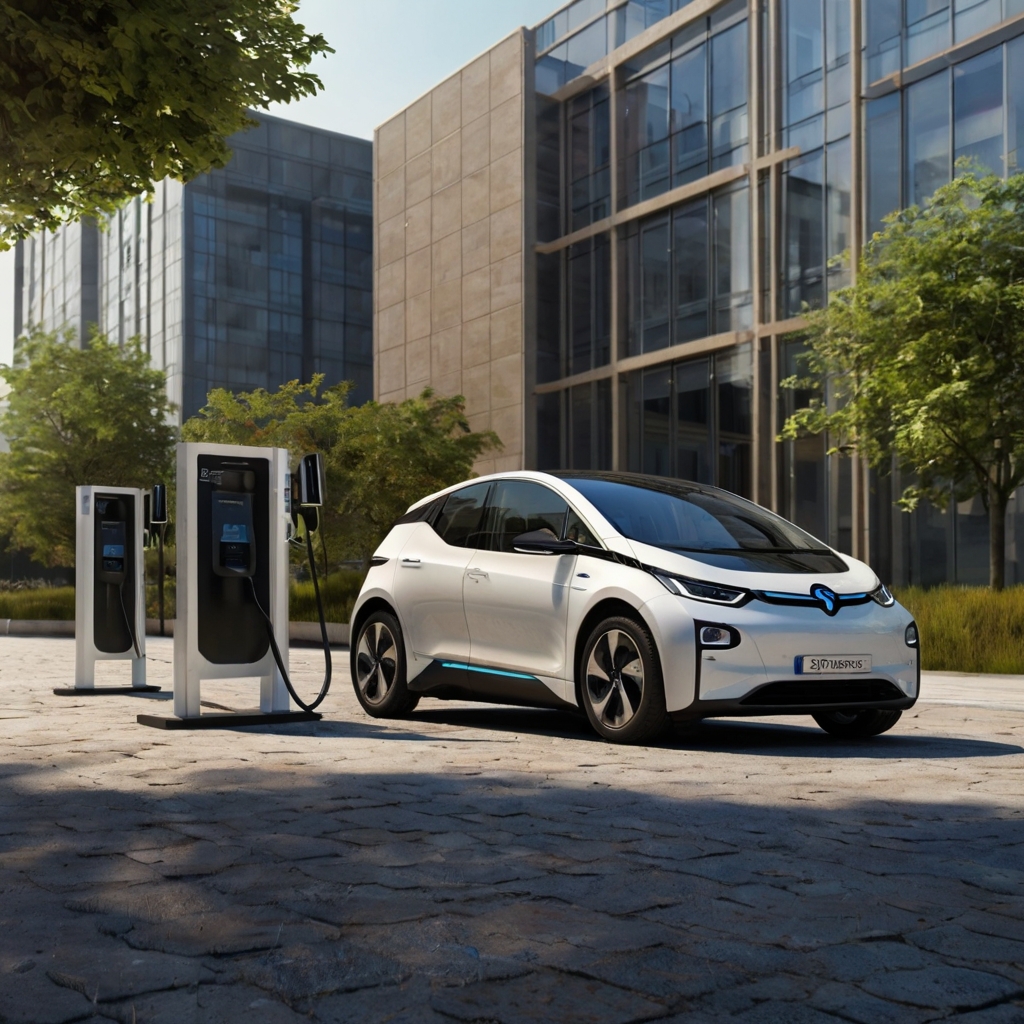
Market Growth and Future Projections
The electric vehicle (EV) market is experiencing unprecedented growth, driven by technological advancements, supportive government policies, and changing consumer preferences. As demand continues to rise, automakers, charging infrastructure providers, and energy companies are investing heavily in the transition to an all-electric future. Below are the key factors shaping the market’s growth and future projections.
The electric vehicle (EV) market is experiencing rapid growth, driven by technological advancements, government policies, and increasing consumer demand for sustainable transportation. Global EV sales have surged in recent years, with over 14 million units sold in 2023, marking a significant increase from previous years. Experts predict that by 2030, electric vehicles could account for nearly half of all new car sales worldwide, with China, Europe, and the United States leading the transition.
Emerging markets like India, Brazil, and Southeast Asia are also embracing EVs, supported by government incentives and growing investments in charging infrastructure. However, challenges such as high initial costs, limited charging stations, and reliance on imported battery materials remain obstacles to widespread adoption. Automakers are responding by developing more affordable models and expanding local manufacturing.
Major car manufacturers like Tesla, Ford, General Motors, and Volkswagen are heavily investing in EV technology, with many committing to fully electric lineups within the next two decades. As battery costs continue to decline and charging networks expand, EV adoption is expected to accelerate further. With increasing regulatory support and consumer awareness, the future of electric vehicles looks promising, positioning them as the dominant mode of transportation in the years ahead.
Hydrogen cars vs Electric cars
While EVs are currently more prominent, hydrogen fuel cell vehicles (HFCVs) are also being explored as an alternative. However, the lack of infrastructure and high production costs make HFCVs less viable at present.
| Feature | Electric Vehicles (EVs) | Hydrogen Cars (HFCVs) |
|---|---|---|
| Power Source | Electricity stored in rechargeable batteries. | Hydrogen fuel cells that generate electricity. |
| Emissions | Zero tailpipe emissions (if powered by renewables). | Only water vapor as byproduct. |
| Energy Efficiency | 70-80% efficient from grid to wheel. | 25-35% efficient (conversion losses in production). |
| Refueling Time | 30 minutes to several hours, depending on charger type. | 3-5 minutes at a hydrogen refueling station. |
| Range | 150-400 miles depending on model and battery size. | Comparable or higher range than most EVs. |
| Infrastructure | Requires charging stations (expanding rapidly). | Limited hydrogen refueling network globally. |
| Cost | Lower upfront cost; batteries are becoming cheaper. | High cost of hydrogen production and storage. |
| Technology Maturity | Well-developed with a growing market share. | Emerging; still in developmental stages. |
| Maintenance | Lower maintenance due to fewer moving parts. | Moderate maintenance; complex fuel cell systems. |
| Environmental Concerns | Lithium and cobalt mining for batteries. | Energy-intensive hydrogen production process. |
| Applications | Personal vehicles, buses, and light-duty vehicles. | Heavy-duty transport like trucks, buses, and ships. |
“Hydrogen cars vs. electric cars—both offer a cleaner alternative to gasoline, but which one is the future of transportation? Explore the key differences, advantages, and challenges of each in this insightful video Watch here:
The Material Questions of the EV Age
The rise of electric vehicles (EVs) has brought critical material challenges into focus. EV batteries rely on key materials like lithium, cobalt, nickel, and graphite, which are essential for energy storage and performance. However, their extraction often comes with environmental damage, including water pollution and habitat destruction, as well as ethical concerns like child labor in cobalt mining.
To address these issues, the industry is advancing battery recycling, exploring second-life uses for end-of-life (EoL) batteries, and innovating with alternative chemistries such as solid-state and sodium-ion batteries. Governments and automakers are also working toward ethical sourcing through traceability and fair trade practices, ensuring that the shift to electric mobility is both sustainable and responsible.
This multi-faceted approach will be crucial for the EV industry’s long-term success while minimizing its environmental and social footprint.
Consumer influence on the Future of Electric Vehicles
Consumers play a pivotal role in shaping the Future of Electric Vehicles. Their preferences, purchasing decisions, and advocacy significantly influence the adoption rate and direction of EV development. Here’s how consumers are driving the EV revolution:
1. Demand for Sustainable Solutions
Increasing awareness of climate change and environmental issues is prompting consumers to seek eco-friendly alternatives. Electric cars, with their zero tailpipe emissions, align with these values, driving automakers to expand their EV portfolios.
2. Adoption Barriers and Consumer Expectations
Despite growing interest, consumers often cite barriers like high upfront costs, limited charging infrastructure, and range anxiety. Automakers are responding by:
- Developing affordable EV models.
- Expanding fast-charging networks.
- Improving battery technology to extend range and reduce cost
3. Shift Toward Lifestyle Integration
Consumers now view EVs as more than just vehicles; they’re part of a sustainable lifestyle. Features like smart home integration for EV charging and second-life battery applications in energy storage systems appeal to environmentally conscious buyers.
4. Impact of Incentives and Policies
Consumer adoption is also driven by government incentives, including tax rebates, subsidies, and reduced registration fees. Public demand for cleaner energy is encouraging policymakers to:
- Enforce stricter emissions regulations.
- Provide grants for installing home charging stations.
The Future of Electric Vehicles: Battery Technology is Key
Battery technology is the driving force behind the Future of Electric Vehicles revolution, determining their performance, range, and affordability. Lithium-ion batteries, currently the industry standard, have seen dramatic advancements over the past decade, with costs dropping by over 85% and energy density significantly improving. These developments have enabled longer ranges and more affordable EV options, addressing key consumer concerns like range anxiety.
Looking ahead, the emergence of solid-state batteries promises to revolutionize the industry further. With higher energy density, faster charging capabilities, and enhanced safety features, solid-state technology could double EV ranges and make charging as quick as refueling a traditional car. Simultaneously, researchers are exploring alternative chemistries, such as sodium-ion and aluminum-ion batteries, to reduce reliance on scarce resources like cobalt and lithium.
As innovation accelerates, battery technology will remain the cornerstone of the EV industry’s success, unlocking new possibilities and driving the transition to sustainable transportation.
The Future of Electric Vehicles: What to Expect
1. Full Electrification of Major Cities
- Many urban areas are banning gasoline vehicles to cut emissions.
- EV-only zones will become more common.
2. Widespread Adoption of Self-Driving EVs
- Autonomous electric taxis and ride-sharing services will revolutionize mobility.
- AI-powered navigation and safety features will enhance user experience.
3. Integration with Renewable Energy
- More EVs will be charged using solar and wind power.
- Energy storage solutions will become more efficient.
4. EVs as a Grid Stability Solution
- Vehicle-to-grid technology will help balance electricity demand.
- EVs will act as mobile power stations in emergency situations.
5. Electrification of All Vehicle Segments
- Electric motorcycles, boats, and airplanes are being developed.
- Heavy-duty EVs for construction and agriculture will emerge.
Conclusion
Electric vehicles are not just a trend; they are a critical solution for addressing climate change, air pollution, and energy efficiency. By overcoming challenges related to infrastructure and material resources, EVs can become the cornerstone of a sustainable future.
Investing in EV technology and infrastructure today will pave the way for a cleaner, greener tomorrow.
- Read More: EV Charging Station Explained – Understand how EV charging stations work and why they are crucial for the growth of electric mobility.
- Explore More: Wireless Electric Vehicle Charging – Discover the future of EV charging with wireless technology and its potential to revolutionize convenience.

